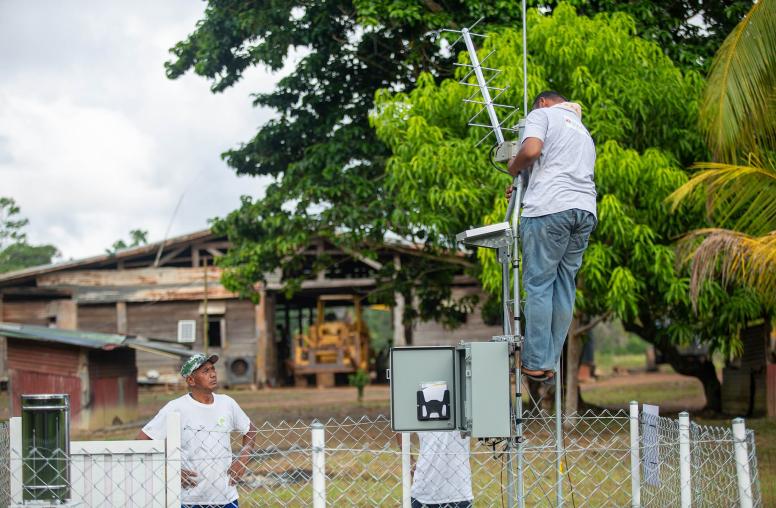Guidelines for Relations Between US Armed Forces and NGHOs in Hostile or Potentially Hostile Environments
Developed in concert with the Department of Defense and Interaction (the umbrella organization for major American humanitarian non-governmental organizations), these guidelines address how the US military and US non-governmental organizations should behave towards each other in non-permissive environments like those in Iraq and Afghanistan.

 Facilitated by the U.S. Institute of Peace, the Guidelines seek to mitigate frictions between military and NGO personnel over the preservation of humanitarian space in places like Afghanistan and Iraq. Principles in the Guidelines include ensuring that military personnel wear uniforms when conducting relief activities to avoid being mistaken for nongovernmental humanitarian organization representatives. Conversely, it recommends that, to the extent practical, humanitarian relief personnel avoid traveling in U.S. Armed Forces vehicles, with the exception of liaison personnel.
Facilitated by the U.S. Institute of Peace, the Guidelines seek to mitigate frictions between military and NGO personnel over the preservation of humanitarian space in places like Afghanistan and Iraq. Principles in the Guidelines include ensuring that military personnel wear uniforms when conducting relief activities to avoid being mistaken for nongovernmental humanitarian organization representatives. Conversely, it recommends that, to the extent practical, humanitarian relief personnel avoid traveling in U.S. Armed Forces vehicles, with the exception of liaison personnel.
The heads of both the U.S. military and InterAction (an umbrella organization for U.S. NGOs) have endorsed the Guidelines and will be disseminating them throughout their organizations. Two years in the making, the effort represents "a desire from both sides to move beyond polemics to proactive problem solving," said Jeb Nadaner, deputy assistant secretary of defense for stability operations at the Pentagon.
NGO leaders likewise expressed optimism at the potential for change. "We do not want to understate the importance of this document for us," said Sam Worthington, InterAction president and CEO. "We believe that these Guidelines will serve a purpose beyond U.S. NGOs to our global partners."
The initiative was launched in March 2005 when Ambassador Carlos Pascual, coordinator for reconstruction and stabilization at the U.S. State Department, asked the Institute to establish a Working Group on Civil-Military Relations in Nonpermissive Environments. What began as a dialogue between military and NGO leaders has resulted in a pioneering effort upon which both sides hope to expand. Military and NGO leaders intend to promulgate the Guidelines throughout their communities via media and education channels: NGOs will publish the Guidelines in their newsletters and literature; the military will incorporate the Guidelines into joint military doctrine publications. The next challenge lies in implementing the Guidelines in the field and creating a monitoring process by which the Guidelines can be continuously updated and revised.



